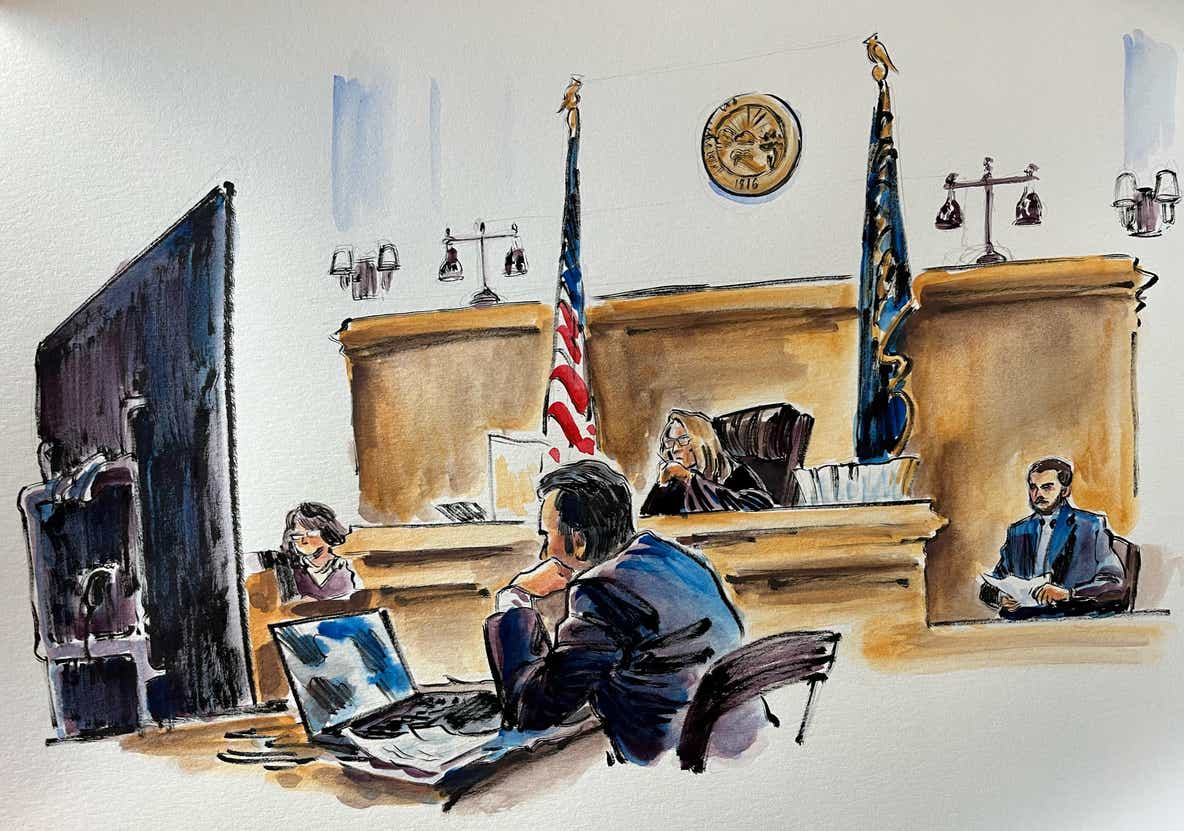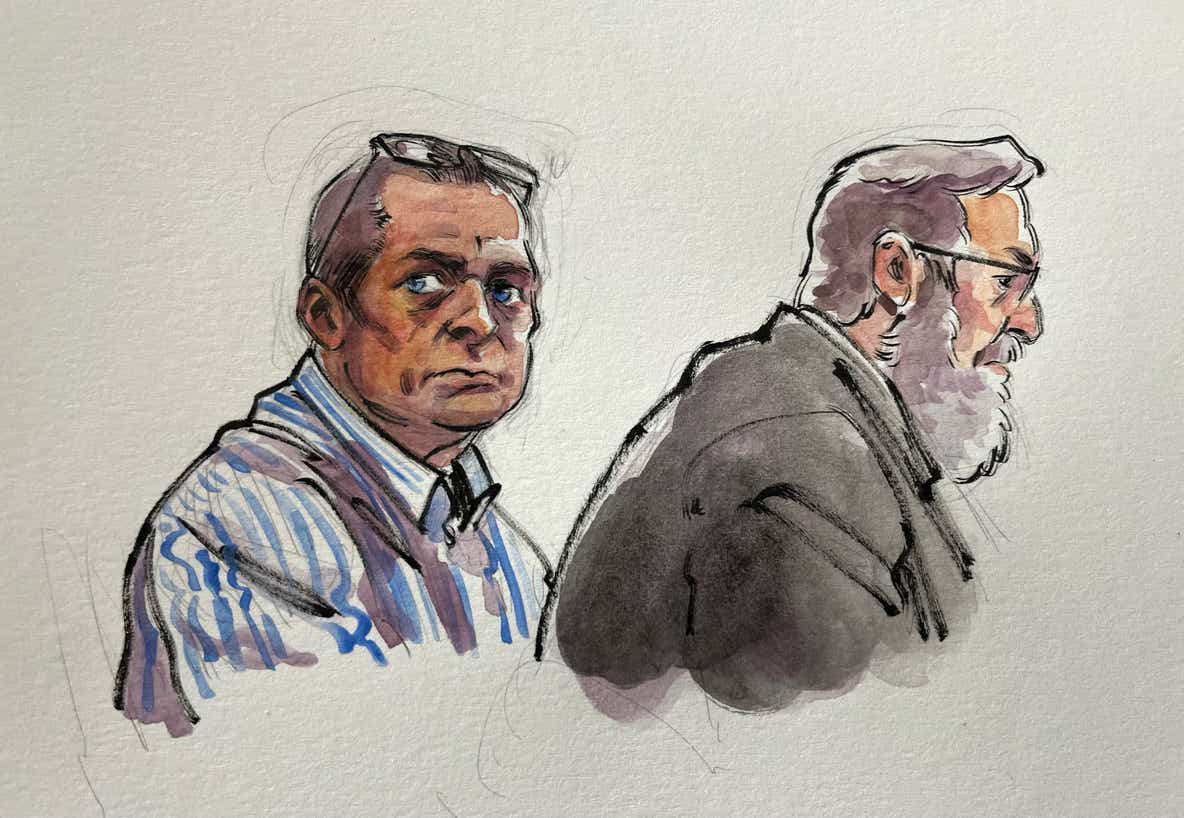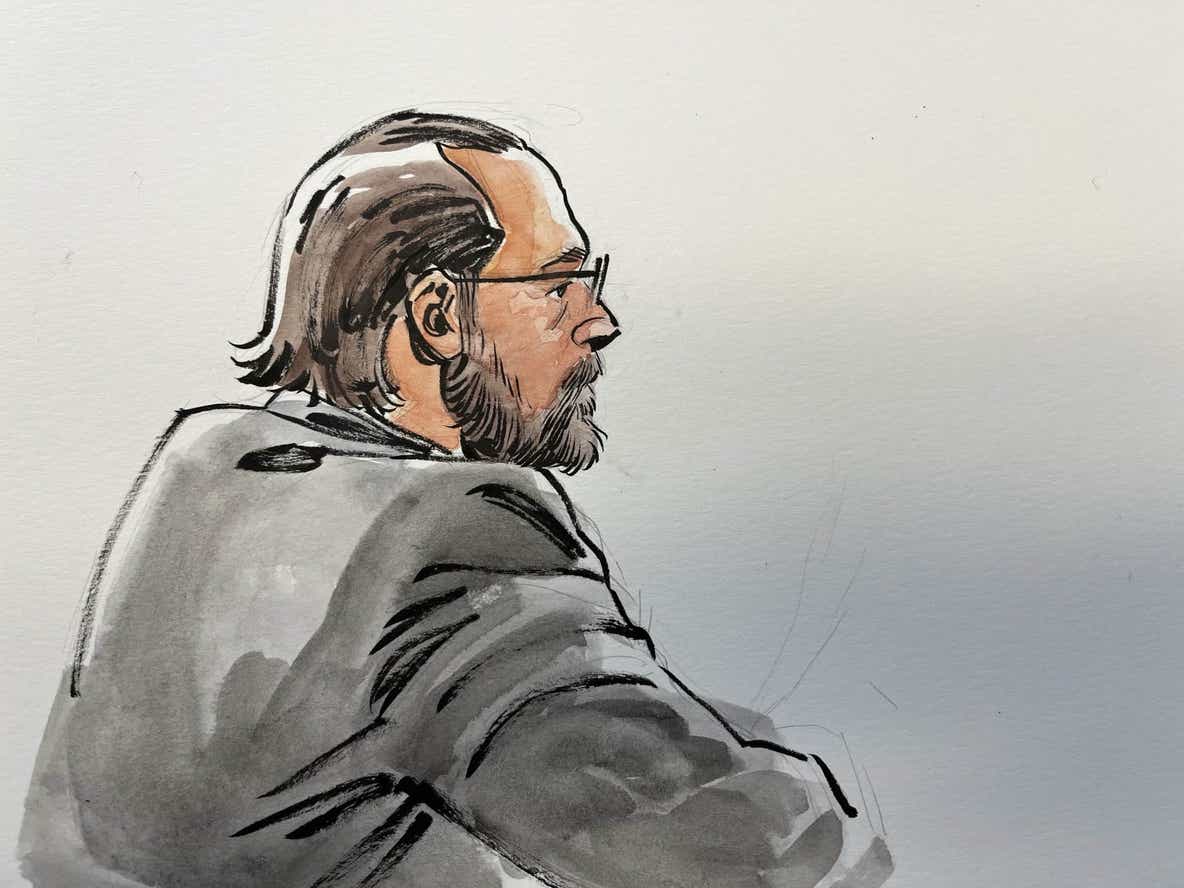The Richard Allen Trial: "Evidence", Flaws, and Wrongful Conviction

The trial of Richard Allen for the 2017 Delphi murders of Abigail Williams and Liberty German resulted in his conviction and a 130-year sentence. However, significant flaws in the prosecution’s case, combined with a lack of definitive evidence, raise serious questions about the integrity of the verdict. These pages provide a detailed, point-by-point breakdown of the trial, organized into relevant subsections, analyzing the prosecution’s arguments, the defense case, and overarching issues that suggest a potential wrongful conviction.
On February 13, 2017, Abigail "Abby" Williams (13) and Liberty "Libby" German (14) were murdered near the Monon High Bridge trail in Delphi, Indiana. The case remained unsolved for years, gaining national and international attention due to a grainy video and audio clip from Libby’s phone capturing a man saying, “Guys, down the hill.” In 2022, Richard Allen, a local resident, was arrested and charged with the murders. The prosecution’s case relied heavily on alleged confessions, a contested ballistic match, and circumstantial evidence placing Allen at the scene. The defense argued that Allen was wrongfully convicted based on coerced statements, unreliable evidence, and investigative failures.
Breaking Down the Case for Innocence
The trial of Richard Allen - as well as the seven-year machinations surrounding the murders more broadly - is unwieldy and at time difficult to see through. We've broken down the case for innocence into three main areas to help you quickly understand the evidential, judicial, and third-party suspect concerns:
- Read about the nine primary pieces of evidence used at trial »
- Read about the questionable conduct of Special Judge Frances Gull »
- Learn about the Franks Memo, which outlines plausible third-party suspects »
- Read about the leading studies on false confessions »
The Questionable Evidence Used to Convict Richard Allen
Below, we summarize the nine primary pieces of evidence presented by the state and the defense’s counterarguments. Click through to each of these for further information, and assess for yourself if the state reached the beyond reasonable doubt watermark.
A. Richard Allen’s Alleged Confessions
Allen’s so-called confessions were coerced under harsh solitary confinement, raising serious doubts about their reliability.
Learn more »
B. The Unspent Bullet
The prosecution’s key bullet evidence was contested, with no independent verification to confirm its link to Allen’s gun.
Learn more »
C. Allen’s Presence and Timeline at the Trails
Vague witness accounts failed to definitively place Allen at the crime scene during the murders.
Learn more »
D. The “Van Detail” Confession
Allen’s mention of a van, claimed as "killer-only knowledge", was widely known and lacked exclusivity.
Learn more »
E. Sarah Carbaugh’s Testimony
Sarah Carbaugh’s inconsistent account of a man on the highway was too unreliable to incriminate Allen.
Learn more »
F. Allen’s Vehicle Identification
The late identification of Allen’s car was criticized as a desperate attempt to fit evidence to the suspect.
Learn more »
G. Voice Identification on Libby’s Phone
Subjective voice identification by an involved officer lacked the forensic rigor needed to tie Allen to the crime.
Learn more »
H. Dr. Kohr’s Autopsy Findings
Dr. Kohr’s revised weapon theory, prompted by prosecutors, cast doubt on the autopsy’s impartiality.
Learn more »
I. Libby’s Phone Data
Unexplained activity on Libby’s phone long after the murders suggests possible evidence tampering.
Learn more »
Verdict and Sentencing
On November 11, 2024, after 19 hours of deliberation, a jury from Allen County - brought in to Carroll County for the trial - found Richard Allen guilty on all four counts: two counts of murder, and two counts of felony murder while committing or attempting to commit kidnapping. The verdict came after 17 days of testimony in a trial marked by intense public scrutiny and emotional weight, as evidenced by the crowd’s mixed reactions outside the courtroom, with some cheering the outcome and others holding signs supporting Allen’s innocence.

Sentencing: December 20, 2024
On December 20, 2024, Judge Gull sentenced Allen to the maximum of 130 years in prison, imposing 65 years for each of two murder counts to be served consecutively. The sentencing hearing, lasting under two hours, included six victim impact statements from the victims’ relatives, underscoring the profound loss felt by their families. However, the defense, led by attorney Jennifer Auger, immediately announced plans to appeal and seek a new trial, signaling their belief that justice was not served. The maximum sentence is a punishment for a crime not proven beyond reasonable doubt, compounding the tragedy of a conviction built on flawed evidence.
Overarching Defense Arguments
Complete Absence of Forensic Evidence
The defense repeatedly emphasized that no DNA, fingerprints, footprints, clothing fibers, or trace evidence (e.g., soil, blood) linked Allen to the crime scene, nor was any crime scene evidence found on Allen, his home, or his vehicle. This absence is extraordinary given the violent nature of the crime and the extensive investigation, casting significant doubt on Allen’s guilt.
Botched Investigation and Tunnel Vision
The defense implied investigative failures, such as police failing to retrieve exculpatory evidence (a “mimicked crime scene” photo relating to a third-party suspect) from Georgia themselves and failing to explore alternative theories like the “Odinist” angle referenced in the Franks Memo. These suggest a focus on Allen to the exclusion of other leads, potentially overlooking the true perpetrator.


The long arm of the law: ISP Superintendent Doug Carter and Prosecutor Nick McLeland (Courtroom sketches by Li Buszka)
Allegations of Prosecutorial/Investigative Misconduct
The defense raised serious issues about how the case was handled, pointing to possible bias from investigators, including claims that ISP’s Jerry Holeman pushed questionable tactics and misrepresented evidence like the Odinism report. They also criticized Judge Fran Gull for decisions that seemed to favor the prosecution, such as limiting defense arguments, which may have tilted the trial’s fairness. Leaked information, likely from the state, further muddied the waters, potentially prejudicing the jury against Allen.
Failure to Meet Burden of Proof
The defense’s core argument was that the prosecution failed to prove Allen’s guilt beyond a reasonable doubt. Relying on coerced confessions, contested ballistics, and circumstantial evidence, the state’s case rested on speculation rather than concrete proof, violating fundamental principles of justice.
Call to Action
Advocates for justice must scrutinize this case further, demanding transparency, re-examination of evidence, and consideration of alternative suspects. Richard Allen’s 130-year sentence hangs on a fragile foundation, and the truth about the Delphi murders remains elusive. Continued efforts are essential to ensure fairness and uncover what really happened to Abby and Libby.